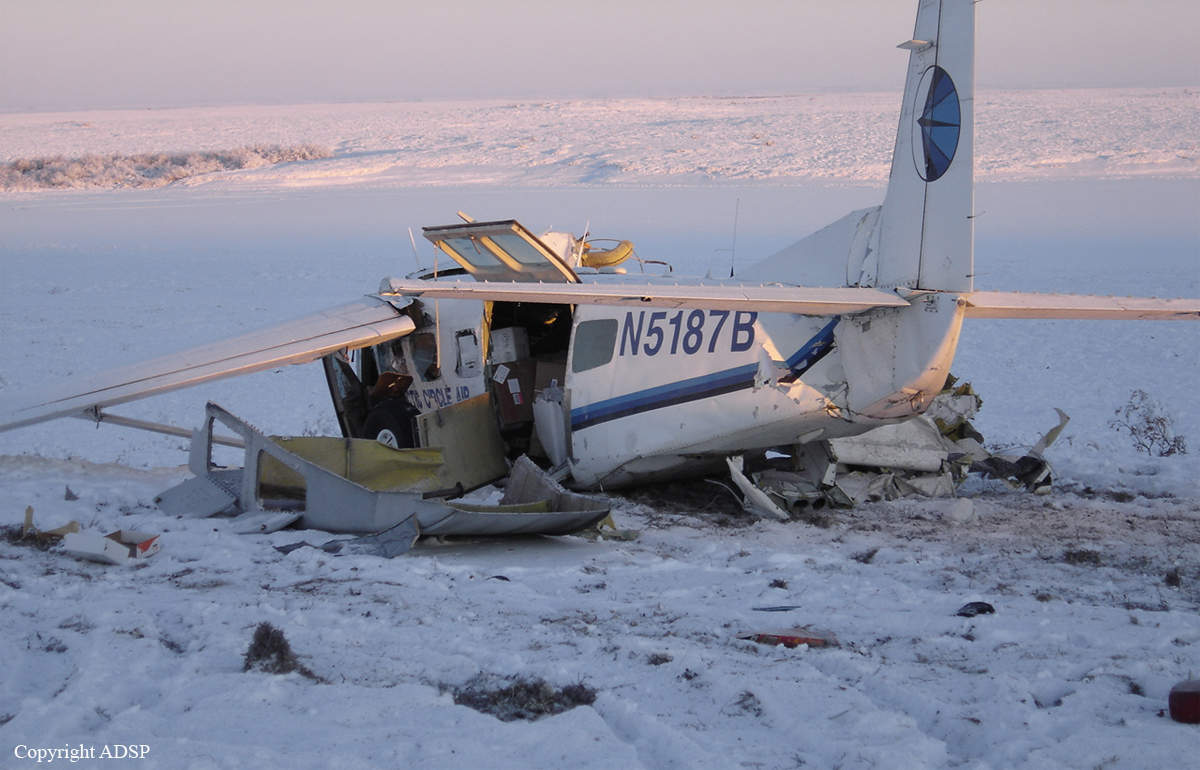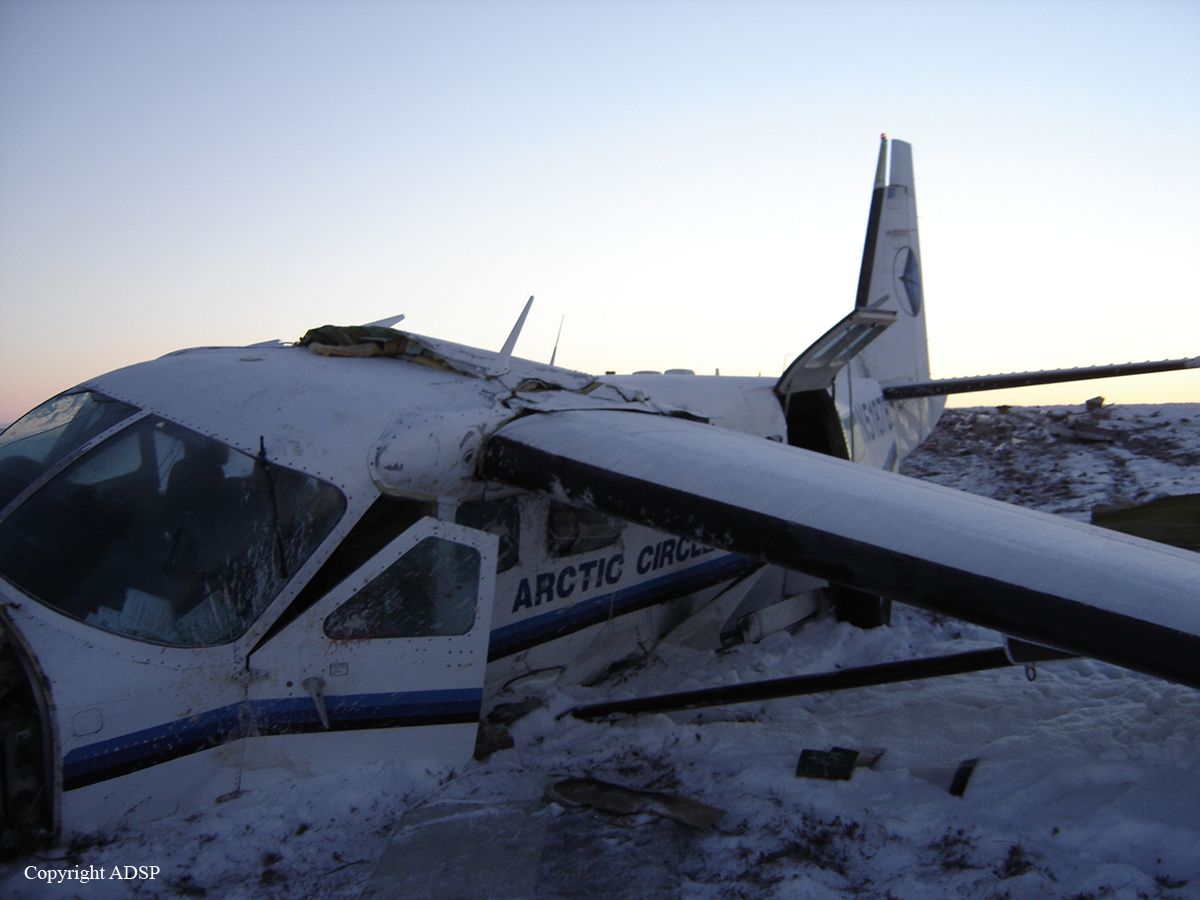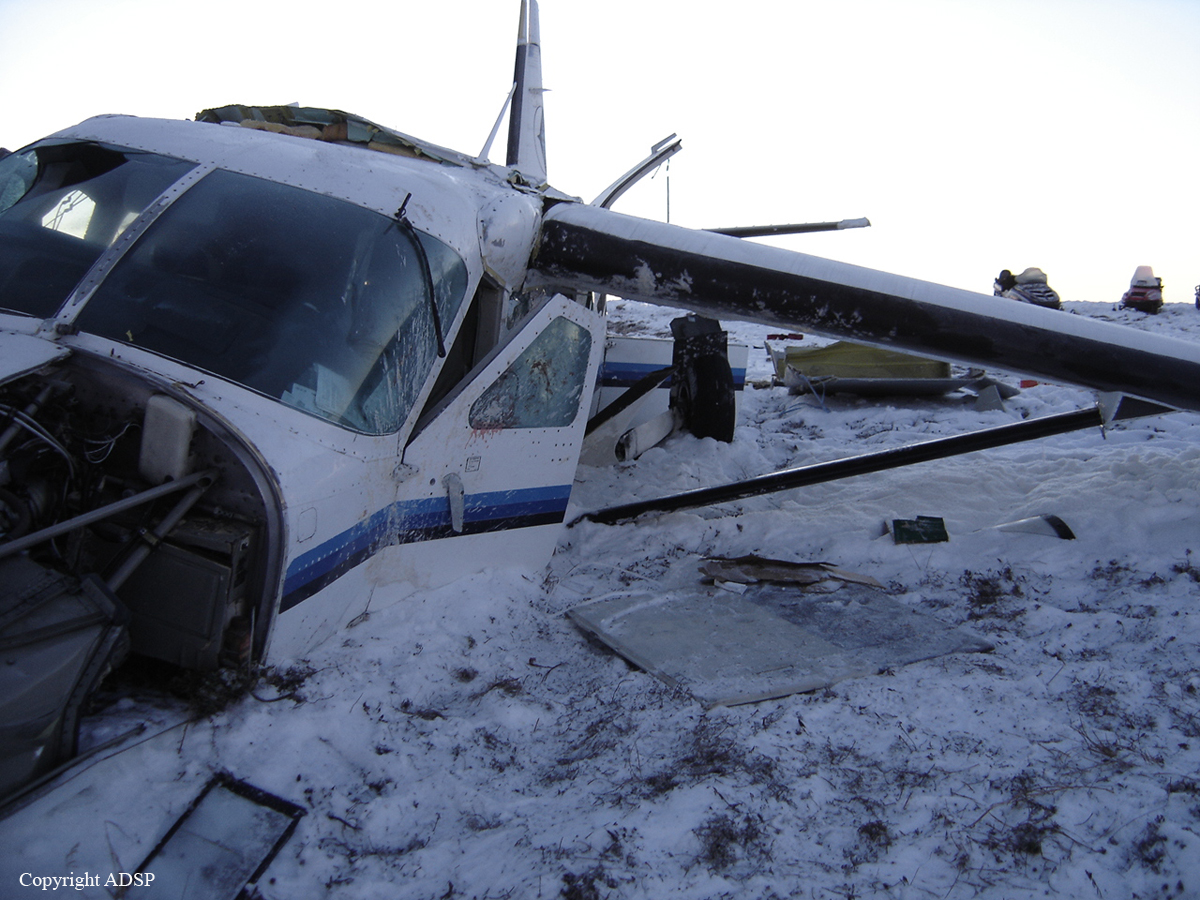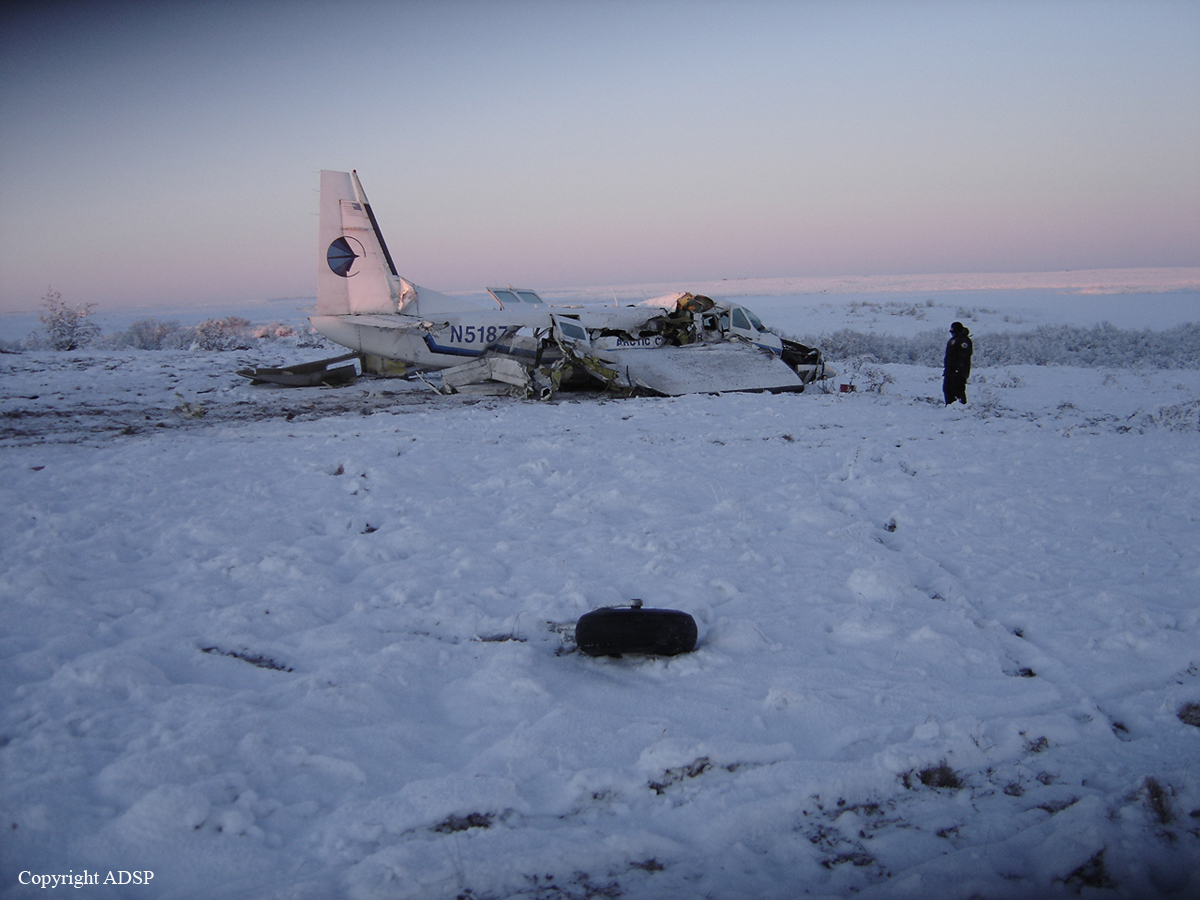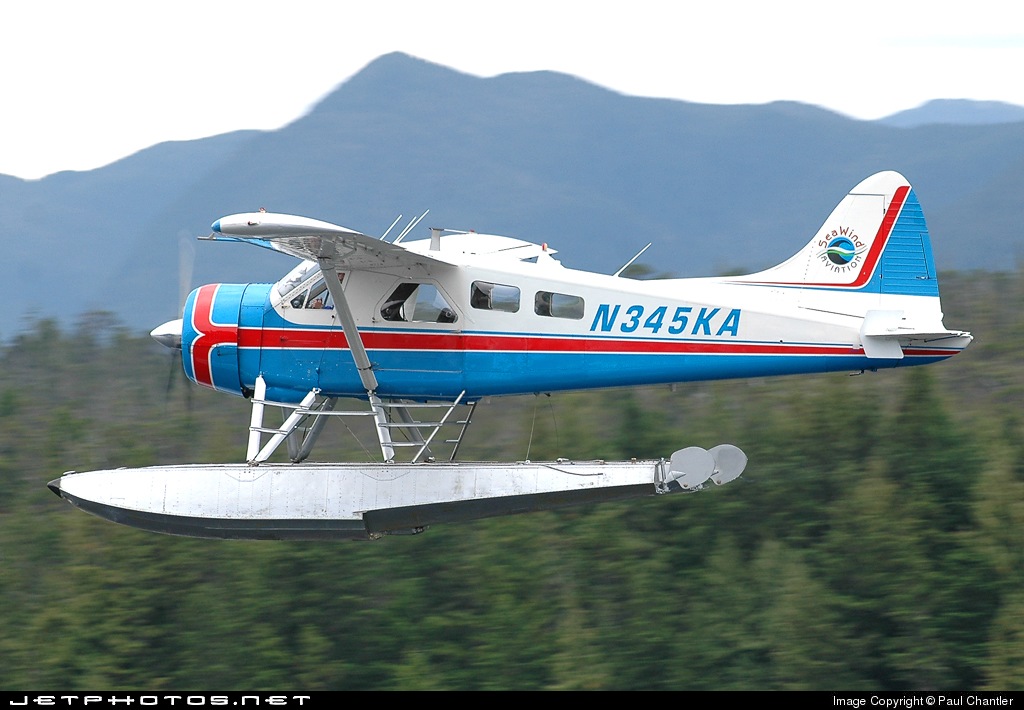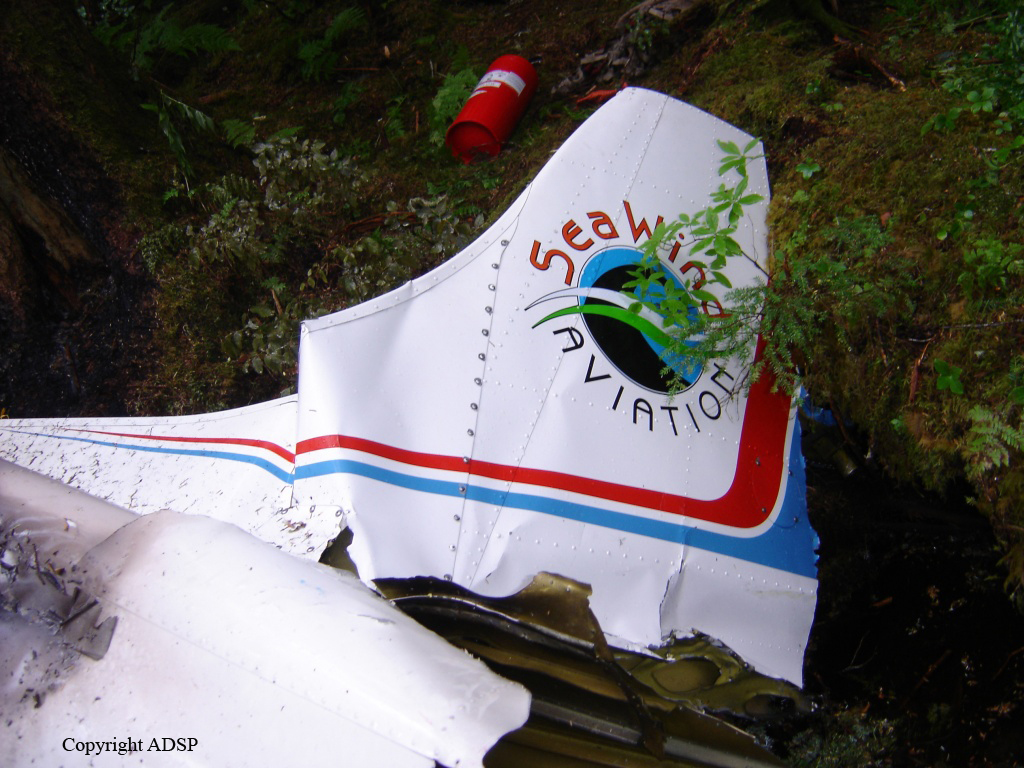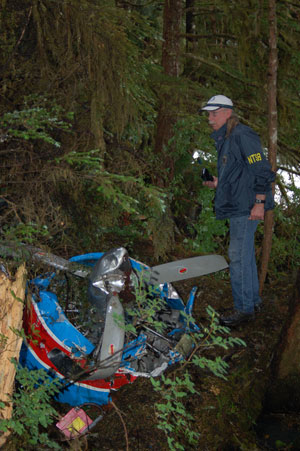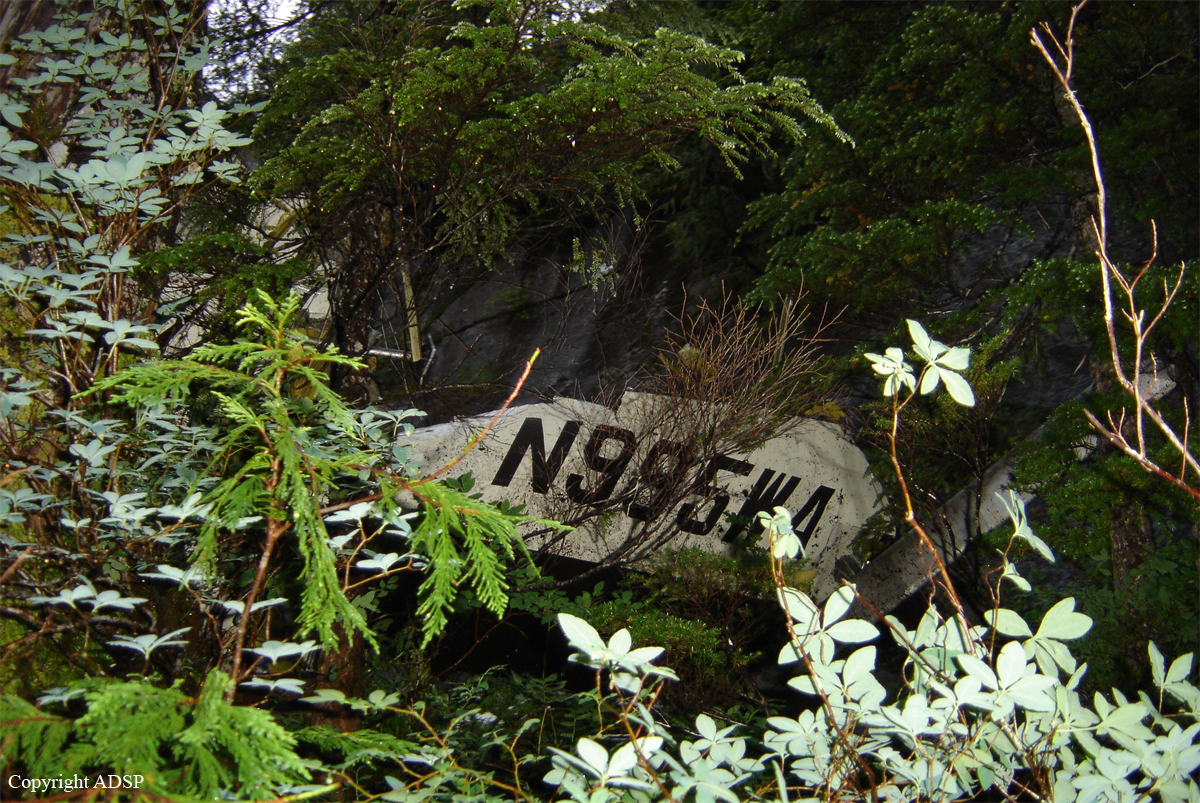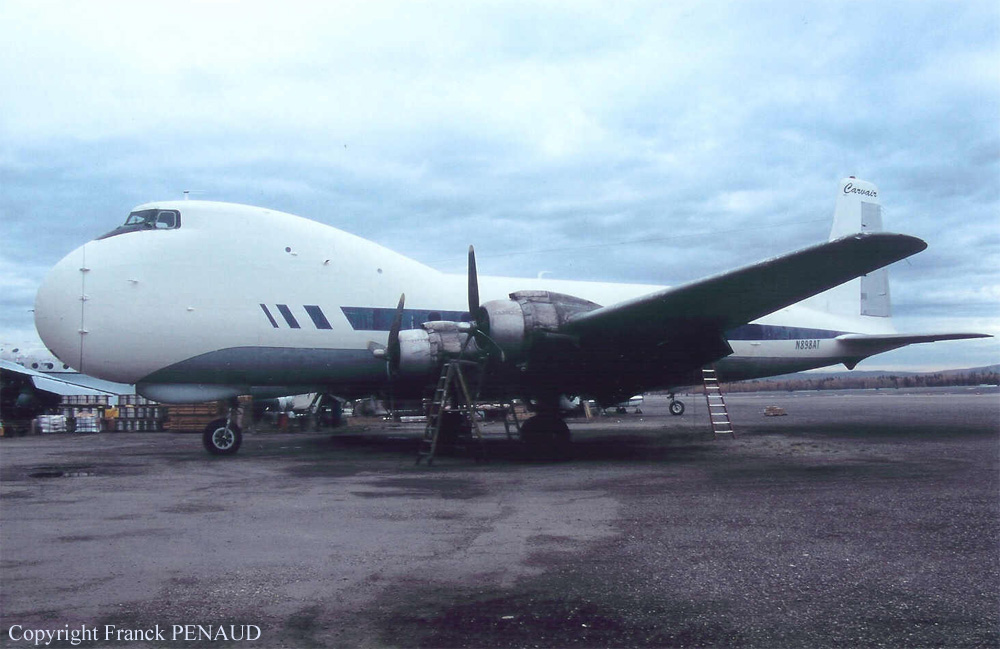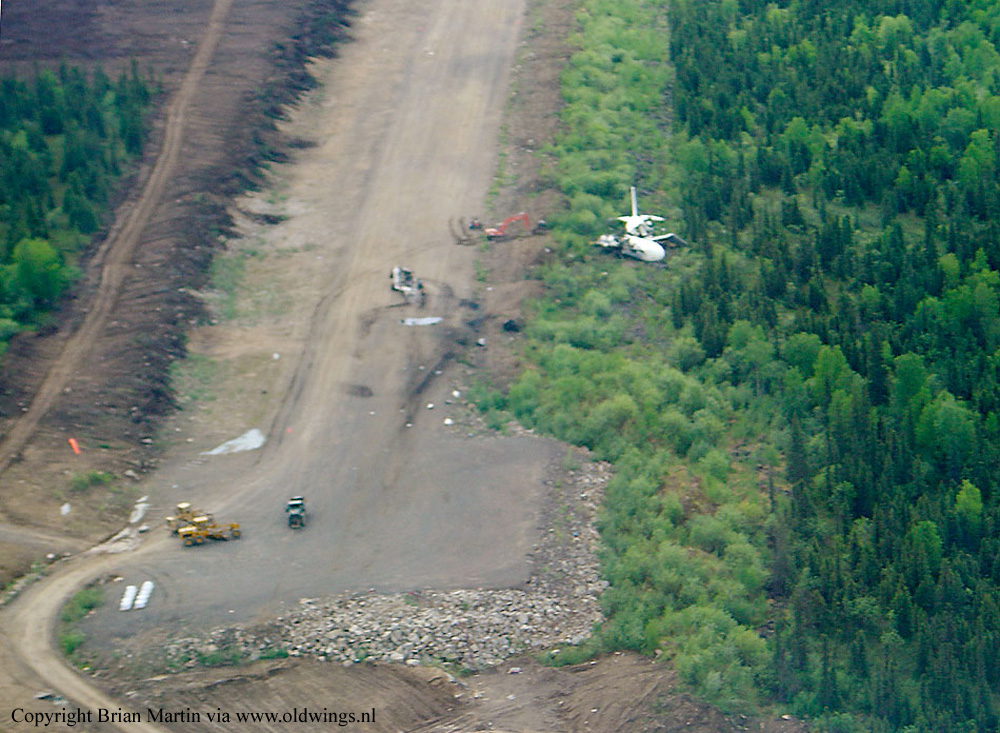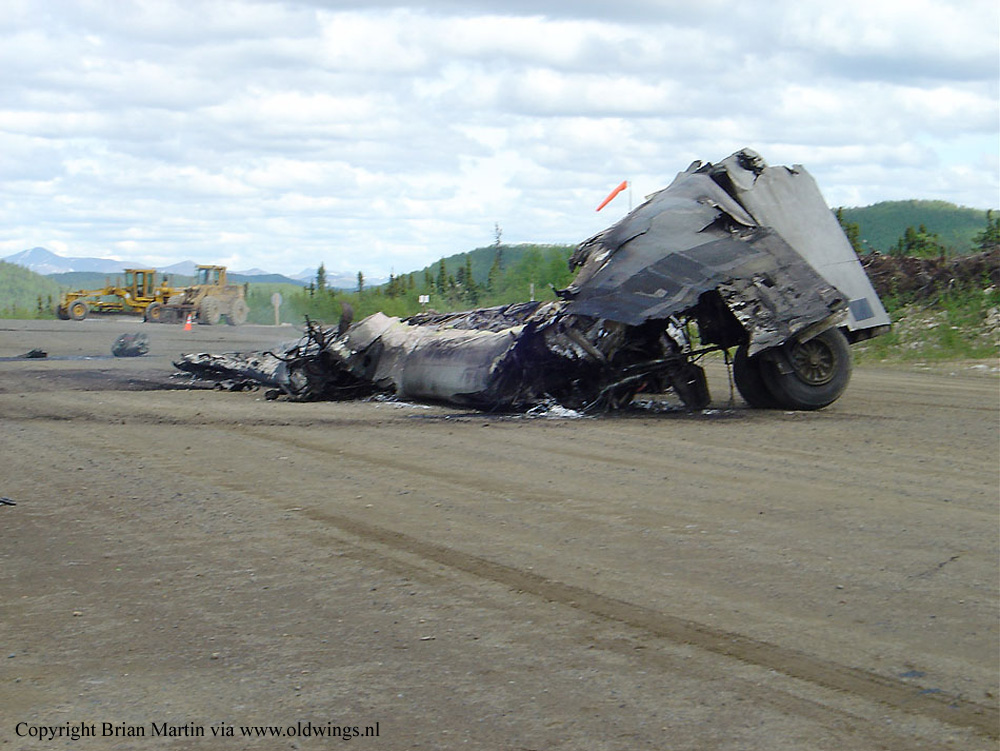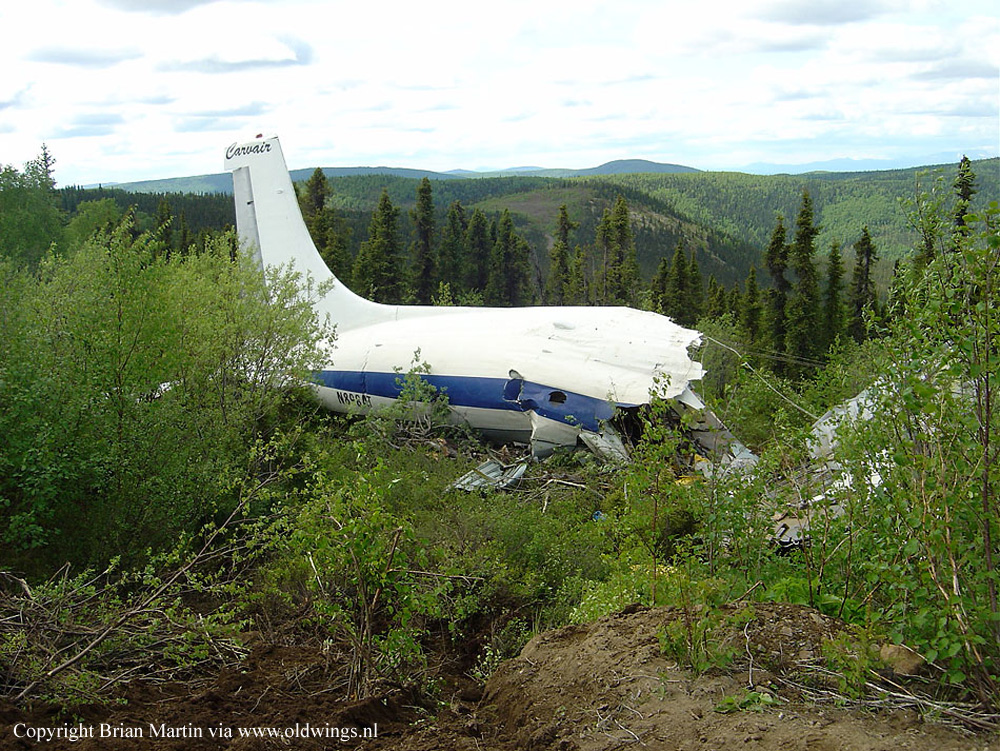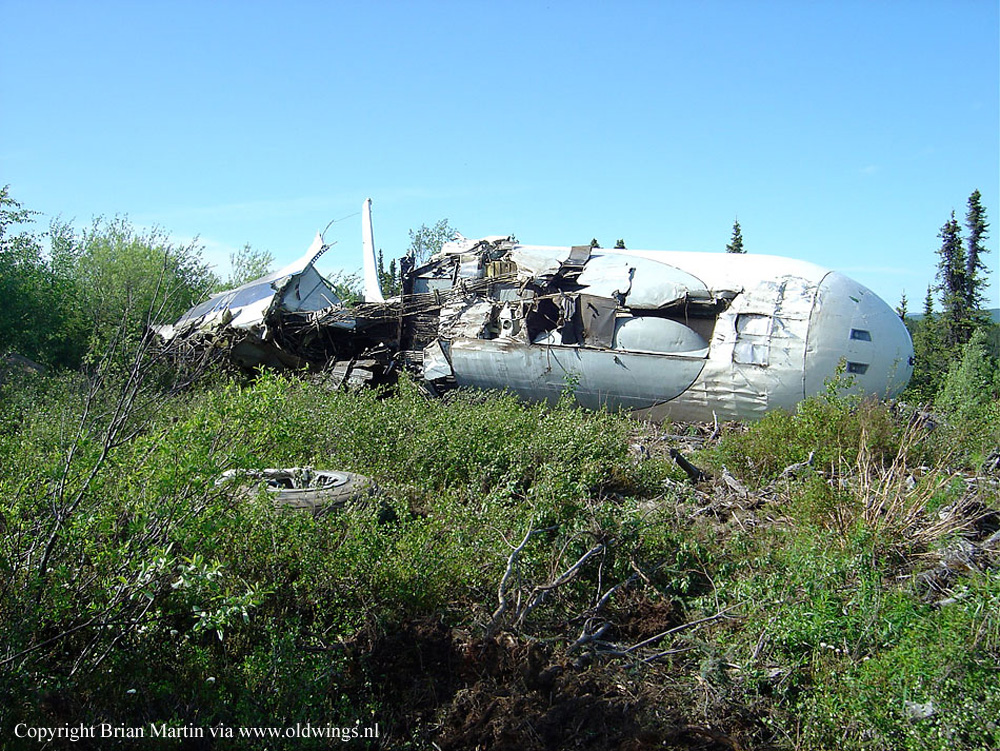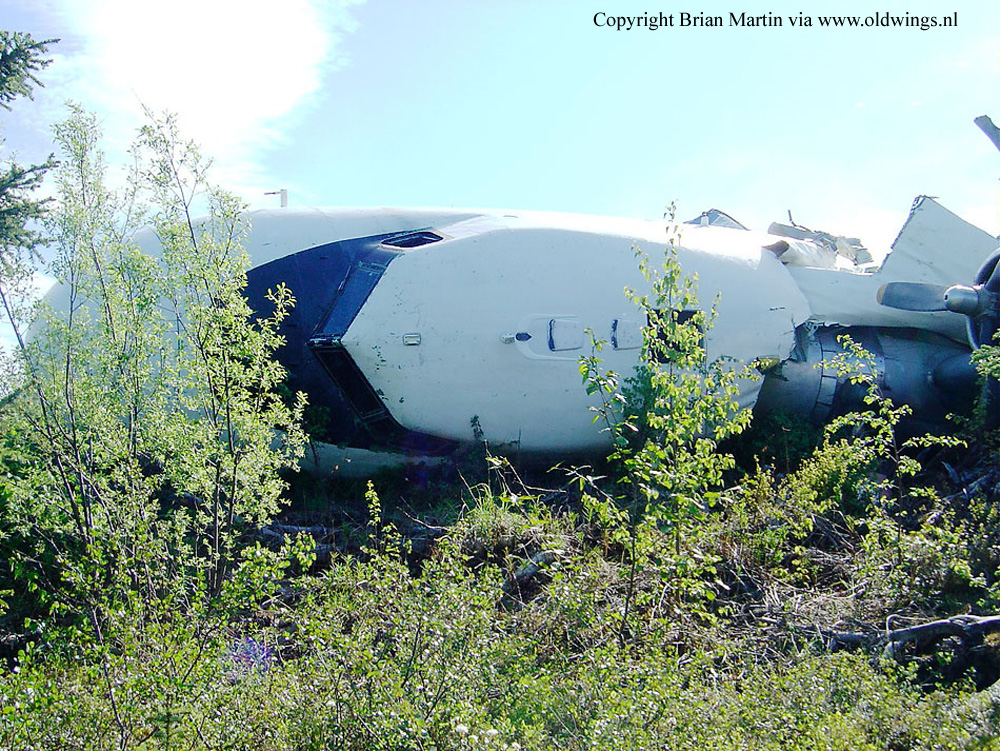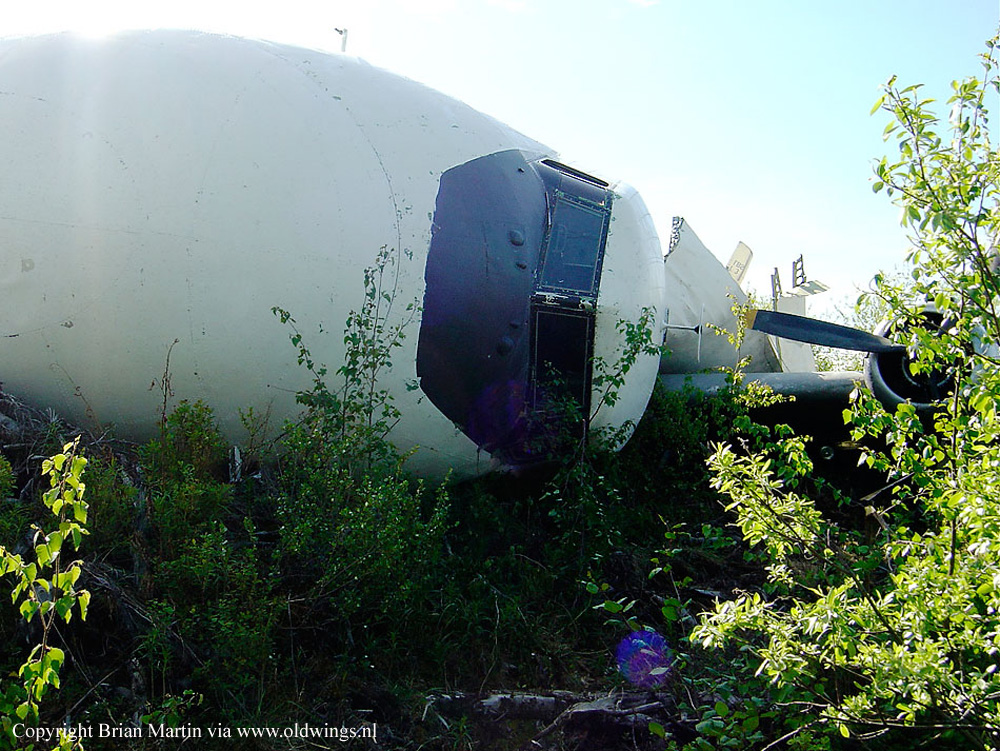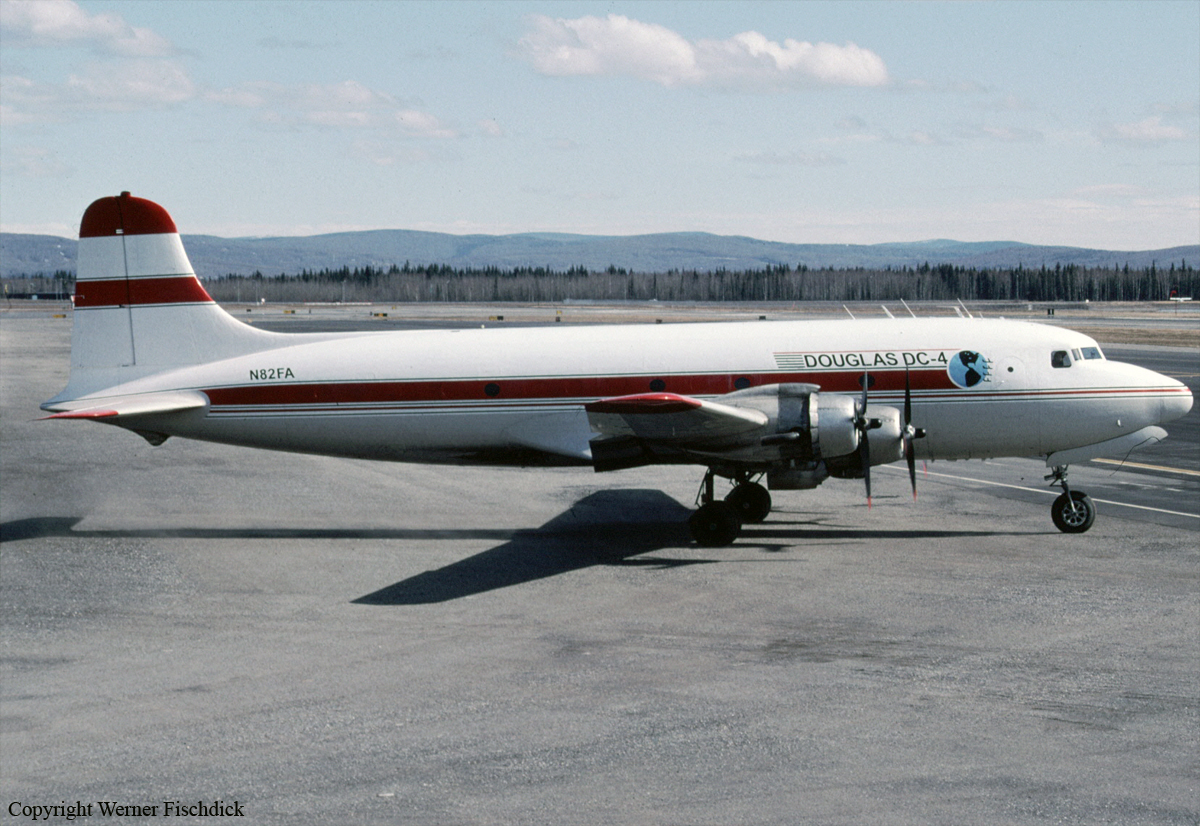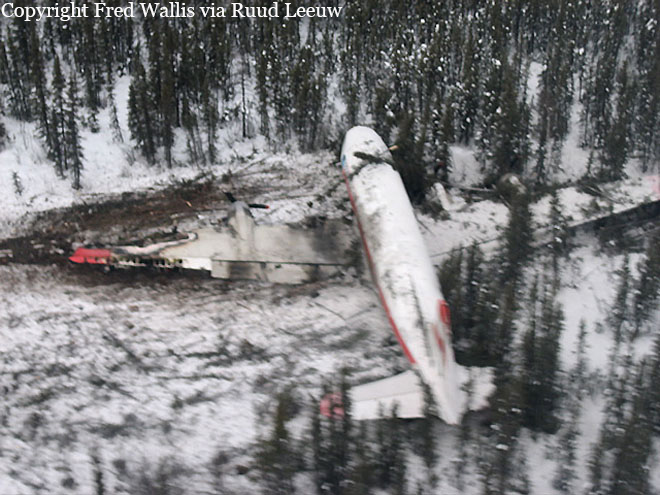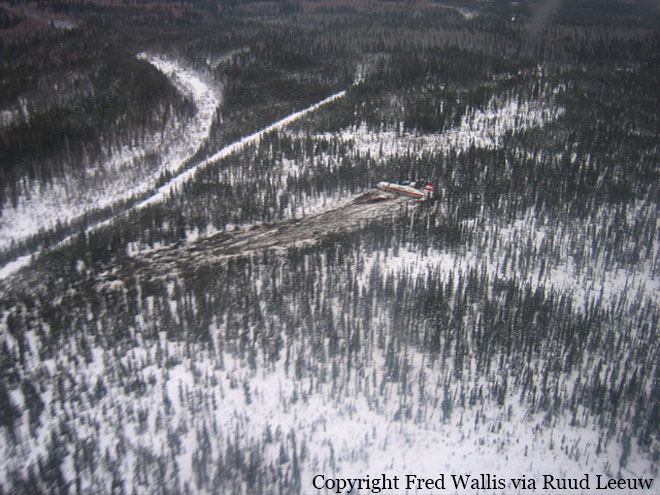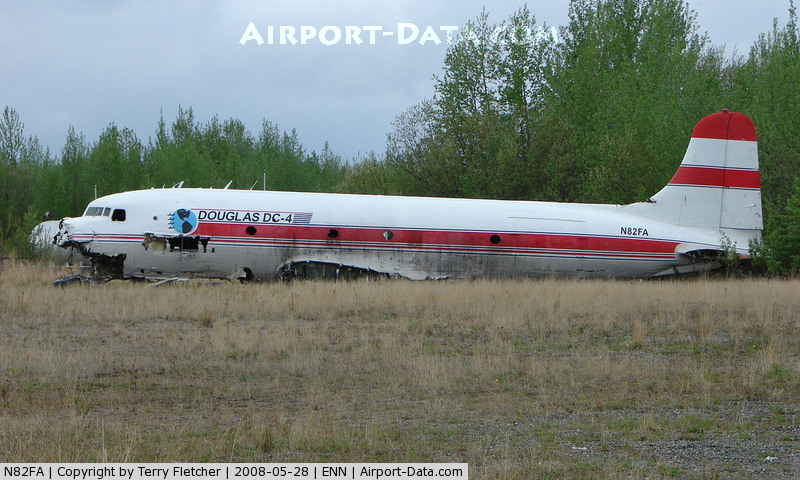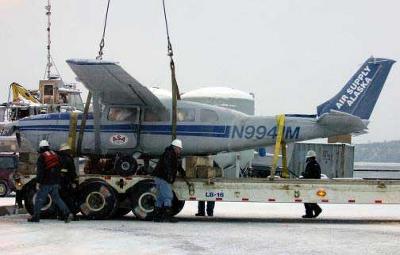Crash of a Cessna 207 Skywagon in Aniak
Date & Time:
Jan 16, 2008 at 1215 LT
Registration:
N1701U
Survivors:
Yes
Schedule:
Crooked Creek - Aniak
MSN:
207-0301
YOM:
1975
Crew on board:
1
Crew fatalities:
Pax on board:
0
Pax fatalities:
Other fatalities:
Total fatalities:
0
Captain / Total hours on type:
1914.00
Aircraft flight hours:
18448
Circumstances:
The commercial certificated pilot was returning from a remote village after a round robin flight of about 130 miles over a frozen and snow-covered river. He was in cruise flight about 500 feet agl, but then circled while holding between 6 or 7 miles east of his destination airport, awaiting a special VFR (SVFR) clearance. The weather condition in that area was about 1 mile visibility, with a ceiling of about 1,000 feet agl. After receiving his SVFR clearance, the pilot flew toward the airport, but the engine fuel pressure began fluctuating. The engine rpm began decreasing, along with the airplane's altitude. The pilot switched fuel tanks, selected full flaps, and prepared for a forced landing. He said the weather was near white-out conditions, but he could see the bank of the river. After switching fuel tanks from the left to the right tank, the engine power suddenly returned to full power. He applied forward flight control pressure to prevent the airplane from climbing too fast, but the airplane collided with the surface of the river. The airplane sustained structural damage to the wings and fuselage. At the time of the accident, the ceiling at the airport was 600 feet obscured, with a visibility of 1/2 mile in snow. Neither the fuel status of the accident airplane, nor the mechanical condition of the engine, were verified by either the NTSB or FAA.
Probable cause:
A partial loss of engine power for an undetermined reason. Contributing to the accident were the pilot's inadvertent encounter with IMC conditions, and a whiteout during his attempted go around from an emergency landing approach.
Final Report:








